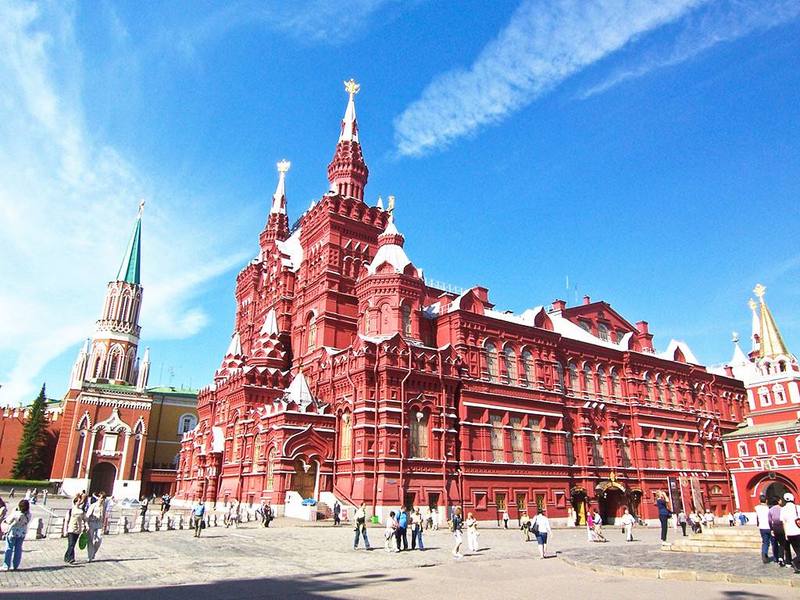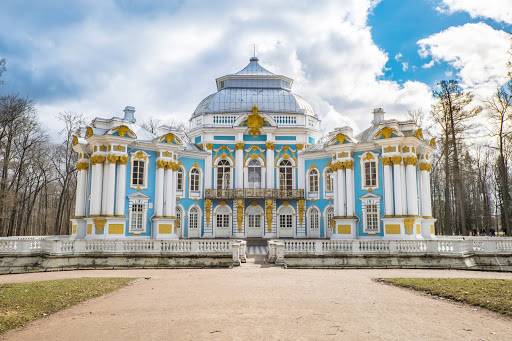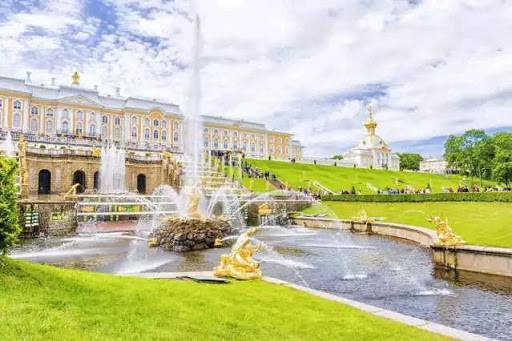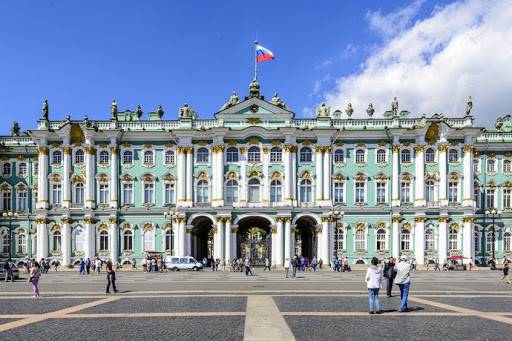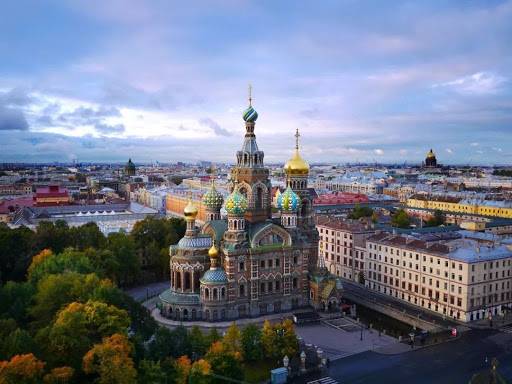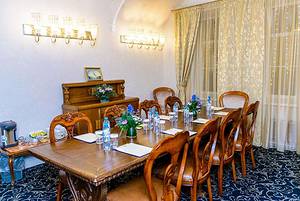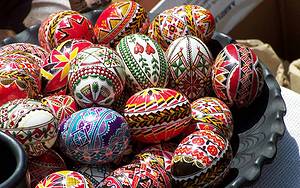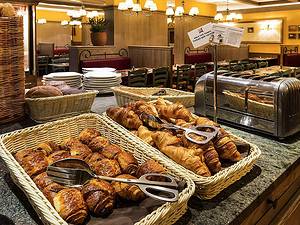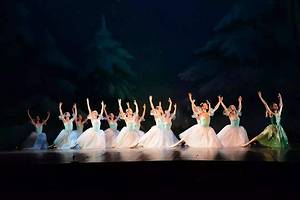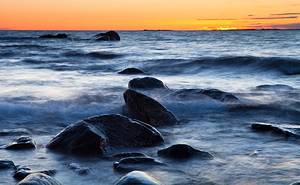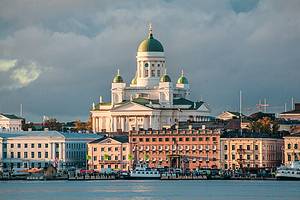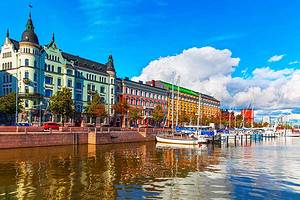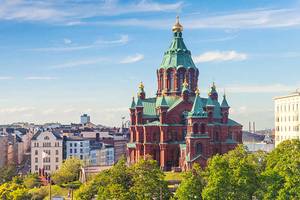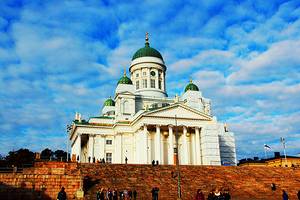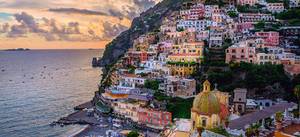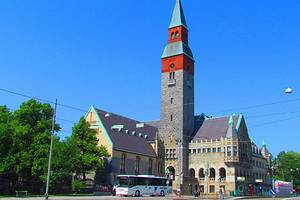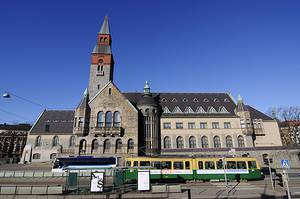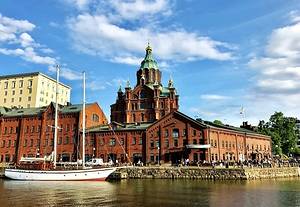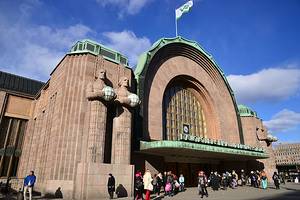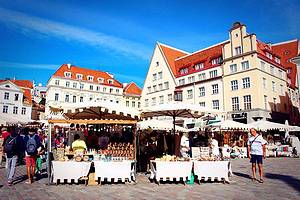The Catherine Palace, also known as the Catherine Palace, is located in Pushkin, Russia. Built in 1717, it is a Baroque-style garden. Initially, it was a summer villa built by Peter the Great for his second wife, Empress Catherine. Later, it became the property of their daughter, Elizabeth Petrovna, as an inheritance. To highlight the identity of the royal estate, the area where the palace is located (including the Alexander Palace, Alexander Garden, and the White Tower Observation Deck) was called Tsarskoye Selo or the Tsar's Village after its completion.
Peterhof Palace
Peterhof Palace (Петергоф), also known as the Peterhof Palace, is located in the forests on the southern shore of the Gulf of Finland, about 30 kilometers from St. Petersburg. Covering nearly a thousand hectares, it served as the suburban residence for successive Russian tsars. Construction began in 1714, and the palace is renowned for its luxurious and magnificent architecture, earning it the nickname 'Versailles of Russia.' The construction of this palace brought together the world's best architects and craftsmen of the time, particularly from France and Italy. Peter the Great himself actively participated in the planning of the project and provided some directives.
Winter Palace
The Winter Palace (зимний дворец) is transliterated as the Hermitage, originally the palace of the Russian Tsars. After the October Revolution, it became part of the State Hermitage Museum in Saint Petersburg (The Hermitage Museum), one of the four major museums in the world, alongside the Louvre in Paris, the British Museum in London, and the Metropolitan Museum of Art in New York. The Winter Palace houses artworks from around the world, including oil paintings, sculptures, carpets, furniture, and crafts, among which the collections of ancient Greek vase painting art, ancient Roman sculpture art, and Western European art are renowned in the world of collectors.
Peter and Paul Fortress is a hexagonal fortress located on the right bank of the Neva River in the center of St. Petersburg. It is the oldest building in St. Petersburg. The fortress was founded by Peter the Great on Rabbit Island on May 27, 1703, the same year as St. Petersburg. Initially, the fortress was built for defense purposes, but it was later converted into a prison for political prisoners, where Dostoevsky and Gorky were once imprisoned. It was also used to monitor ships passing on the Neva River.
The Church of the Savior on Blood (Храм Спаса на Крови) is a major attraction in St. Petersburg, Russia. Its official name is the 'Cathedral of the Resurrection of Christ' (Собор Воскресения Христова). The architectural style of the Church of the Savior on Blood is distinct from other buildings in St. Petersburg, which are mainly Baroque and Neoclassical. The church was deliberately designed to resemble medieval Russian architecture.
